Tag: PEEP
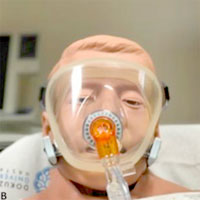
Non-invasive Ventilation in the ED: Whom, When, How?
Timely use of NIV in the ED may decrease the need for invasive ventilation and its associated complications. The appropriate device, interface and patient selection are, therefore, key components of NIV success. Once the... read more

The Answer My Friend is Blowin’ in your Nose – High Flow Nasal Oxygen
High flow nasal oxygen is a novel device that actively humidifies and heats air to make flows of up to 60 liters a minutes tolerable. These incredibly high flows are important, because in order to provide 100% fiO2 to patients... read more
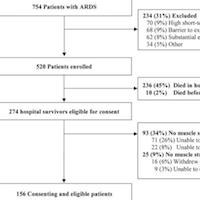
Muscle Weakness and 5-Year Survival in ARDS Survivors
At hospital discharge, >1/3 of Acute Respiratory Distress Syndrome (ARDS) survivors had muscle weakness. Greater strength at discharge and throughout follow-up was associated with improved 5-year survival. In patients with... read more

Best PEEP Trials are Dependent on Tidal Volume
Determining the optimal positive end-expiratory pressure (PEEP) in patients with acute respiratory distress syndrome remains an area of active investigation. Most trials individualizing PEEP optimize one physiologic parameter... read more
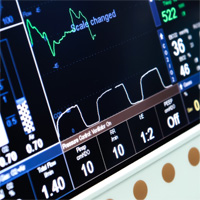
Simplifying Mechanical Ventilation
Mechanical Ventilation is a modality commonly used in the critically ill, but many providers, may not have a strong understanding of the basics. Emergency Medicine and Critical Care Physicians need to have a firm grasp of... read more
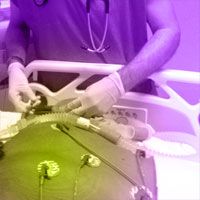
Prone Positioning of ARDS Patients
A prospective international observational prevalence study on prone positioning of ARDS patients: the APRONET (ARDS Prone Position Network) study. While prone positioning (PP) has been shown to improve patient survival in... read more
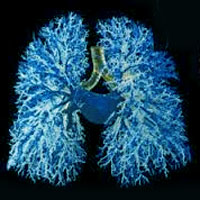
Variation of Poorly Ventilated Lung Units Measured by EIT to Dynamically Assess Recruitment
Assessing alveolar recruitment at different positive end-expiratory pressure (PEEP) levels is a major clinical and research interest because protective ventilation implies opening the lung without inducing overdistention.... read more

Mechanical Ventilation Strategies for the Surgical Patient
The understanding on the protective roles of tidal volume and PEEP settings against PPCs has rapidly expanded. During intraoperative ventilation, low tidal volumes are protective, the protective role of high levels of PEEP... read more

Effect of Lung Recruitment and Titrated PEEP vs Low PEEP on Mortality in Patients with ARDS
In patients with moderate to severe Acute Respiratory Distress Syndrome (ARDS), a strategy with lung recruitment and titrated Positive End-Expiratory Pressure (PEEP) compared with low PEEP increased 28-day all-cause mortality.... read more

The Future of Mechanical Ventilation
The adverse effects of mechanical ventilation in acute respiratory distress syndrome (ARDS) arise from two main causes: unphysiological increases of transpulmonary pressure and unphysiological increases/decreases of pleural... read more

Implementation of a Goal-Directed Mechanical Ventilation Order Set Improves Compliance
Implementation of a Goal-Directed Mechanical Ventilation Order Set Driven by Respiratory Therapists Improves Compliance With Best Practices for Mechanical Ventilation. Data regarding best practices for ventilator management... read more
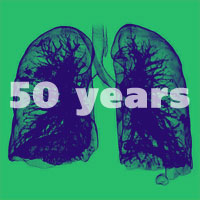
50 Years of Research in ARDS
Mechanical ventilation (MV) is critical in the management of many patients with the acute respiratory distress syndrome (ARDS). However, MV can also cause ventilator-induced lung injury (VILI). The selection of an appropriate... read more
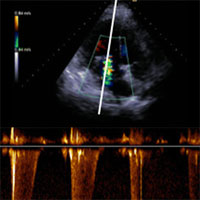
Pearls and Pitfalls in Comprehensive Critical Care Echocardiography
Comprehensive critical care echocardiography is a useful, rapid and non-invasive method to both diagnose pathology and monitor treatment response in the critically ill. Although growing dramatically in use around the world,... read more
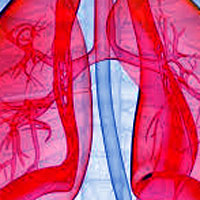
Higher PEEP versus Lower PEEP Strategies for Patients with ARDS
Use of higher positive end-expiratory pressure (PEEP) is unlikely to improve clinical outcomes among unselected patients with ARDS. We identified eight randomized trials comparing higher versus lower PEEP strategies, enrolling... read more








